1989
Wellesley TaskForce on Racism
An internal report from the College conducted in May of 1989 reveals
widespread feelings of alienation and loneliness from both students
and staff. Coincidentally, this takes place the year before digital communication
tools are introduced campuswide, which gives us a baseline of what Wellesley's
community felt like leading up to the internet age.
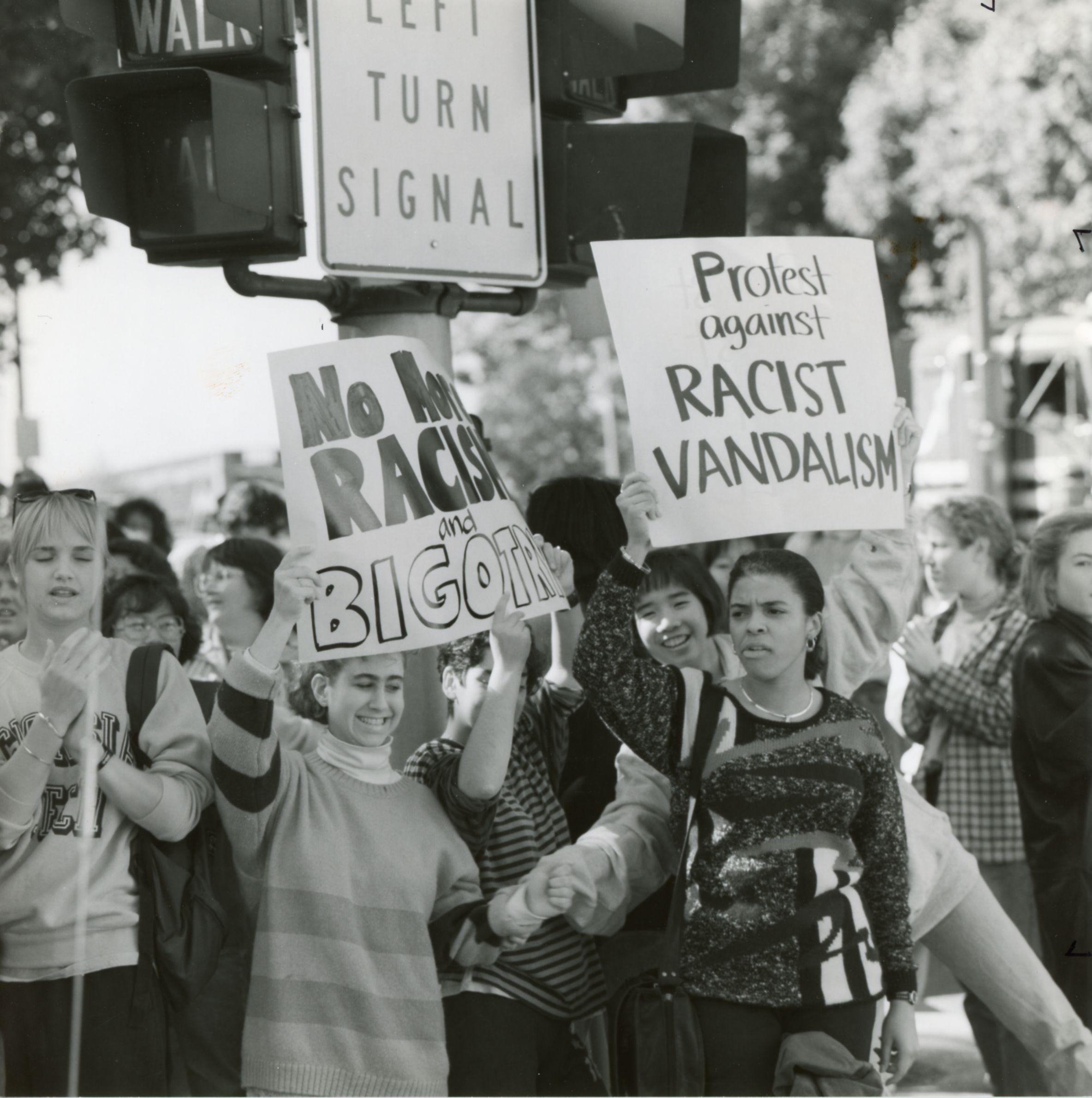 Anti-racism protest at Wellesley College in 1989 (Source: Wellesley Archives).
Anti-racism protest at Wellesley College in 1989 (Source: Wellesley Archives).
1990-1999
Lucy, Sallie, Celeste, Pattie
Just a year after the internal audit is released, digital communication first comes to Wellesley
Four electronic bulletins, all named after female comic strip characters, are instated - "Sallie"
was used for cross-campus communication. On Sallie, there was a forum simply known as "Public",
where all members of the student body could convene online. This new method of communication enhanced
many students' sense of connection to the campus at large.
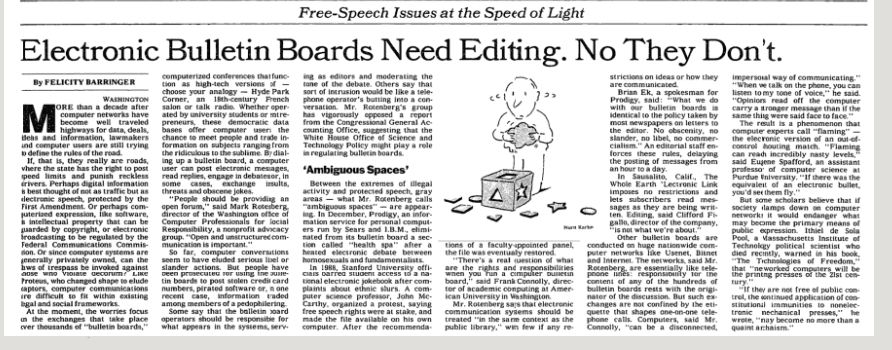 An excerpt from a New York Times article.
published in 1990 on electronic bulletin boards.
An excerpt from a New York Times article.
published in 1990 on electronic bulletin boards.
1999
Introduction of FirstClass
October 15th, 1999, marked the demise of Sallie.
Students, having grown attached to the central online community hosted on Public,
commemorated the occasion by selling Sallie-themed t-shirts. In its place,
the College adopted the software FirstClass, which hosted digital groups known as
'conferences.' One of thsese such conferences was named 'Community', and it
effectively replaced Public as the online forum for student communication.
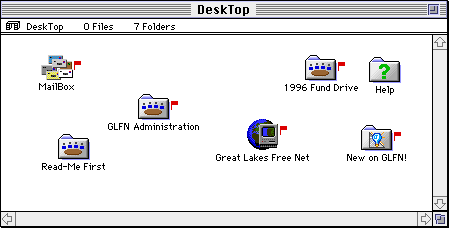 An example of a basic desktop on FirstClass.
An example of a basic desktop on FirstClass.
2000
FirstClass Takes Off!
By the spring of 2000, FirstClass was abuzz with communication.
Students digitally convened in the Community page
to discuss campus and worldwide issues alike!
Wini Wood, a now-retired professor who taught during this time,
recalled to us in an
interview
that "Community was the center of campus communication at this time. Even the small fraction
of students who weren't active users were still aware of what was being discussed."
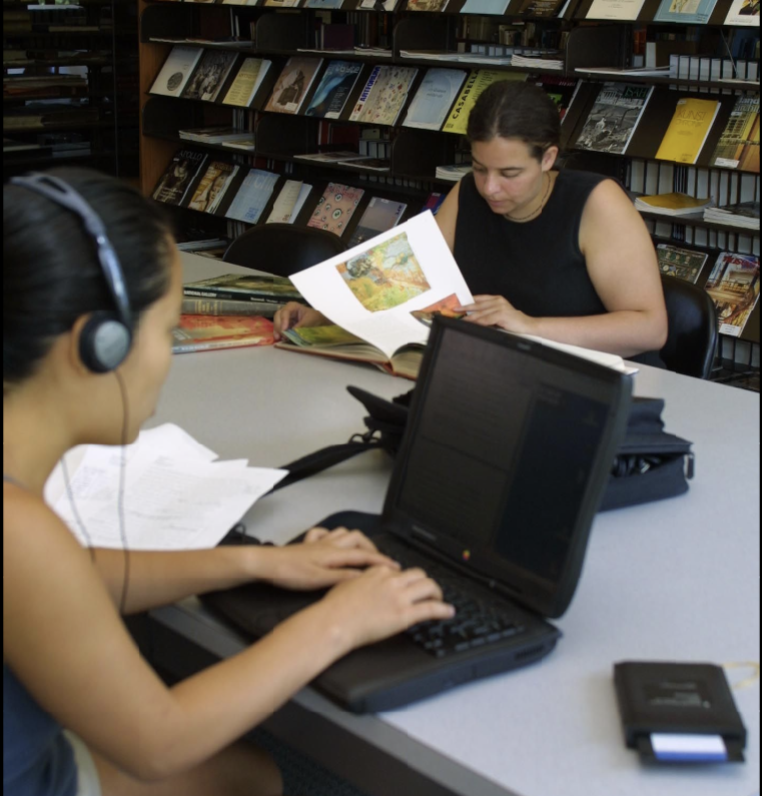 Early 2000s-era Wellesley students typing up a storm
(Source: Wellesley Archives).
Early 2000s-era Wellesley students typing up a storm
(Source: Wellesley Archives).
2001
"The Highly Charged Erotic Life of the Wellesley Girl"
A Rolling Stones article makes waves on campus,
in response to its dramaticized depiction of Wellesley student life.
After the article is posted in the FirstClass Community forum, it spreads like wildfire,
and the online discussion surrounding the article marks the first of many controversies
for FirstClass.
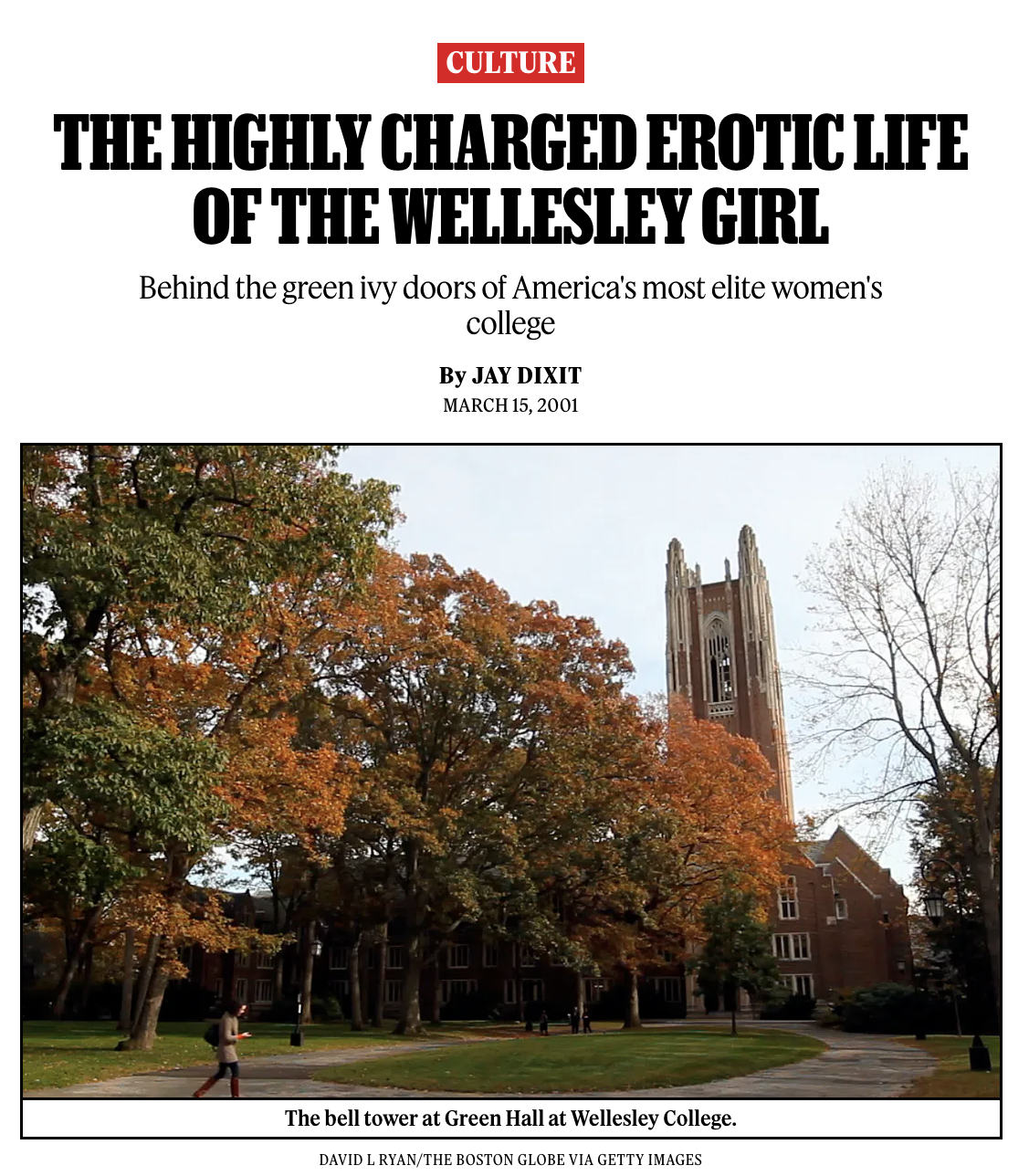 The headline of the now-infamous Rolling Stones article.
The headline of the now-infamous Rolling Stones article.
2003
Faculty Lead a Panel on FirstClass
After FirstClass continues to dominate campus culture nearly a decade after its introduction,
Wellesley's Mellon Committee on Social Discourse organizes a faculty-led panel discussion
about the merits and drawbacks of the Community forum.
During the panel, professors discuss the role Community should play within
discussions on campus as a whole. One audience member proposes that "...electronic discourse—maybe it's the beginning.
An email does not take the place of the conversation."
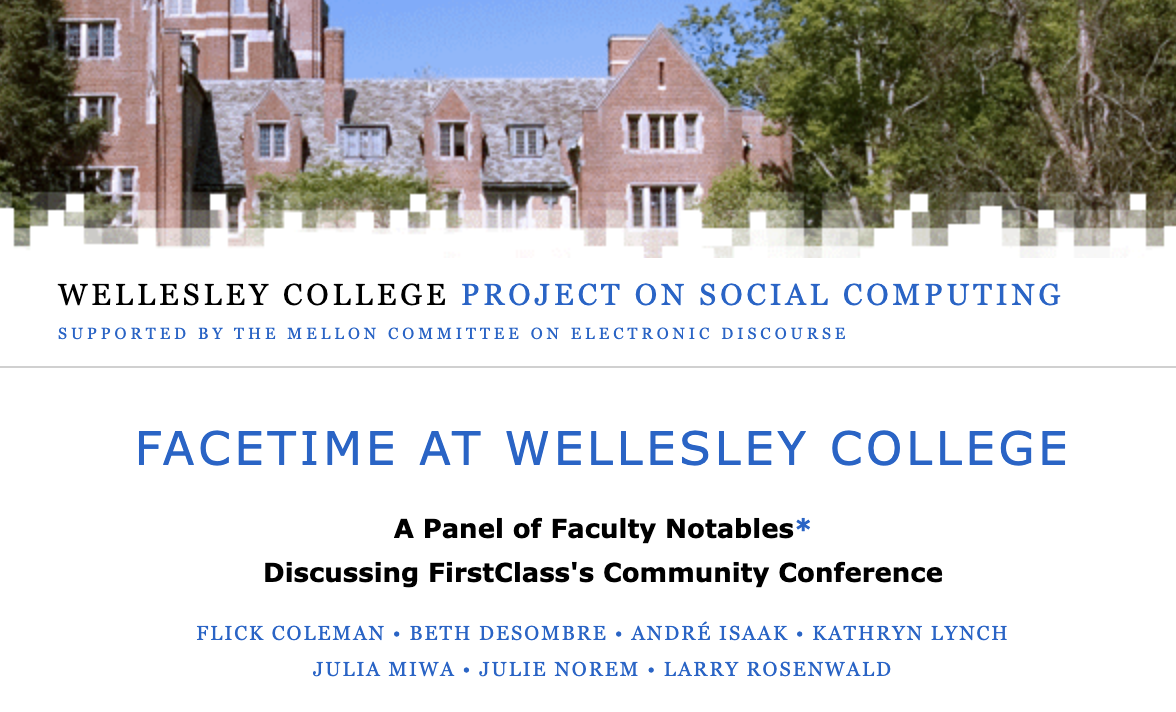 The description of the faculty-led panel on FirstClass
(Source: Wellesley Mellon Committee).
The description of the faculty-led panel on FirstClass
(Source: Wellesley Mellon Committee).
2007
Netiquette Guidelines Published
As digital communication becomes the new campus norm, there are some growing pains visible
as people adapt to the new system. What is and is not appropriate to communicate online?
How "permanent" is the content we post? In response to questions like these, the Mellon
Committee on Social Discourse publishes a guidebook for Wellesley students with tips on how
to conduct themselves online.
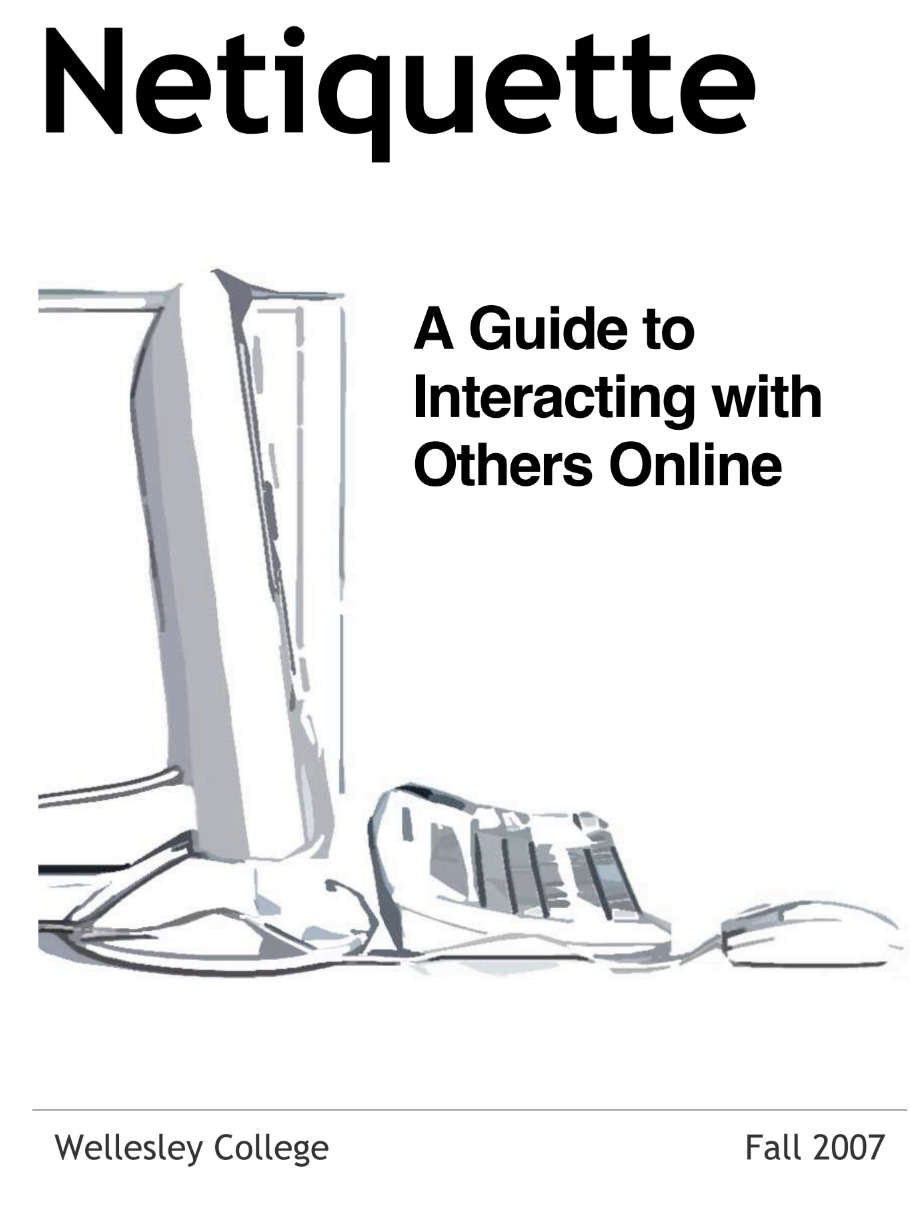 Wellesley Netiquette Guidelines title page
(Source: Wellesley Mellon Committee).
Wellesley Netiquette Guidelines title page
(Source: Wellesley Mellon Committee).
2012
Death of FirstClass, Birth of Sakai
After a decade of Community, where students discoursed, debated, chatted, and came together,
FirstClass is finally put to rest in favor of Sakai. Unlike FirstClass,
Sakai is a platform used exclusively for academics - gone are the days of the Community forum.
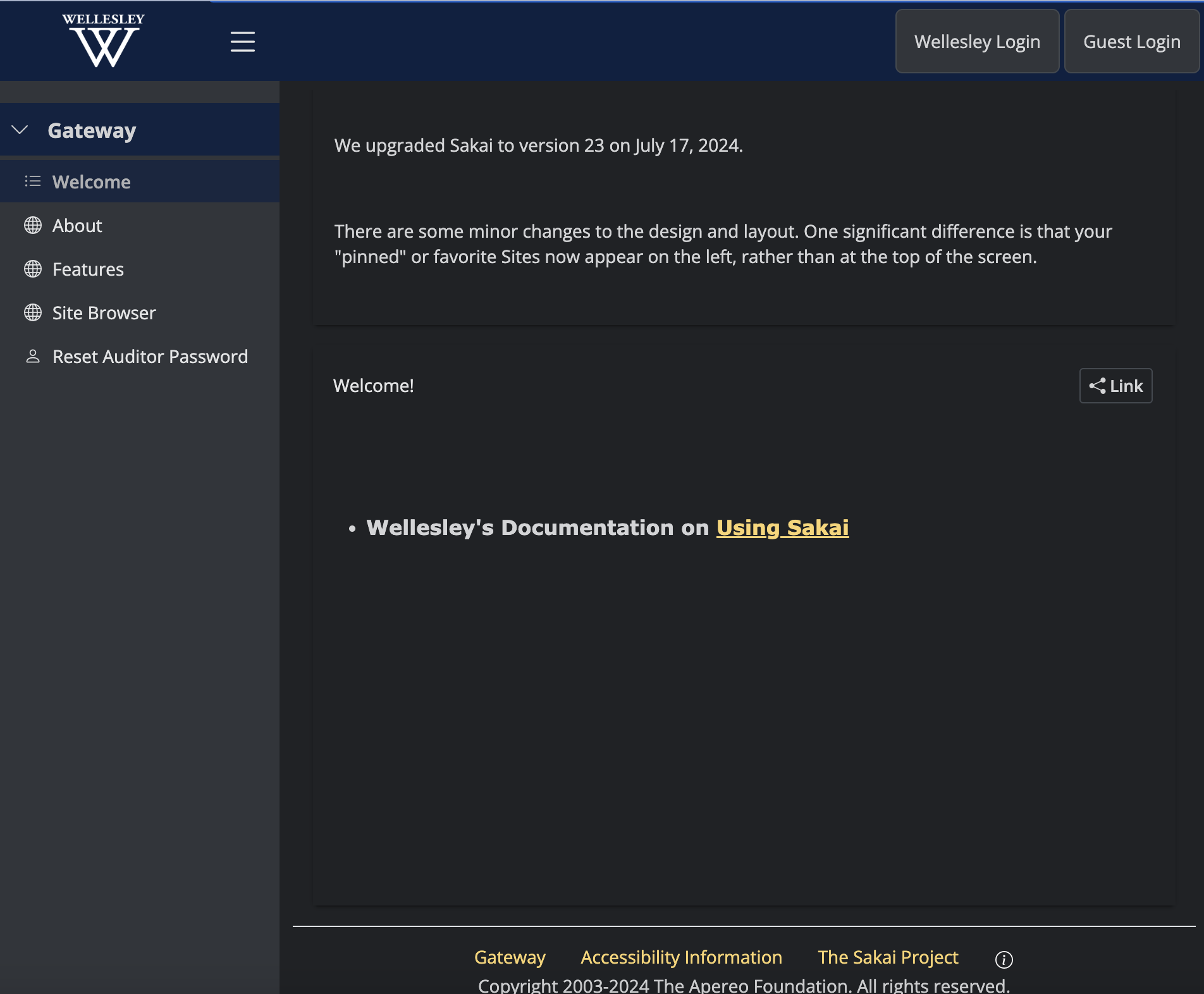 The current homepage of Wellesley's Sakai portal.
It's admittedly rather sparse.
The current homepage of Wellesley's Sakai portal.
It's admittedly rather sparse.
2014
'Community' Finds a New Home on Facebook
After FirstClass was no longer used, many of its "conferences" were re-created
as Facebook groups - even the famous Community! Many of these Facebook versions of
FirstClass conferences are still active today. Though Wellesley students were
able to adapt to the loss of FirstClass by initially migrating to Facebook,
as more and more social media platforms gained traction, Facebook groups no longer
filled the same niche that FirstClass once occupied.
 A clipping from a 2014 issue of the
Wellesley Alumnae Association magazine, where alumna Kayla Calkin '07
describes her process behind the creation of some FirstClass-inspired
Facebook groups (Source: Wellesley Archives).
A clipping from a 2014 issue of the
Wellesley Alumnae Association magazine, where alumna Kayla Calkin '07
describes her process behind the creation of some FirstClass-inspired
Facebook groups (Source: Wellesley Archives).
2014-present
Fragmentation of Social Media Divides Community
Central hubs of community continue to divide as more and more social media platforms
gain prominence. As of now, Sidechat, Instagram, and Gmail, are dominant methods of communication
among the student body. Yet, none are particularly "dominant" - there is an unspoken pressure to keep
up with each social media site, and information easily falls through the cracks.
The merits of a digital platform - an enhanced sense of community - that FirstClass once boasted
are now negated by its inherently
more impersonal communication style. In short, without a centralized tool
for digital communication, campus community feels more splintered than ever.
 In the post FirstClass era, we're presented with a bounty of
social media options - yet it feels more daunting than exciting (Source: geek girls in vegas).
In the post FirstClass era, we're presented with a bounty of
social media options - yet it feels more daunting than exciting (Source: geek girls in vegas).
present
Epidemic of Loneliness Sweeps Across College Campuses
In the aftermath of the pandemic, students are more alienated from their campus communities
than ever. According to a Gallup poll, 39% of students experienced loneliness the previous day.
Though over 30 years have passed since the College's initial internal audit from 1989, the same
loneliness expressed by students then is echoed by students now. While online spaces like
Public and FirstClass once enhanced a feeling of community for many Wellesley students, as
digital communication has grown more fragmented, we seem to be right back where we started:
just as detached from one another as before.
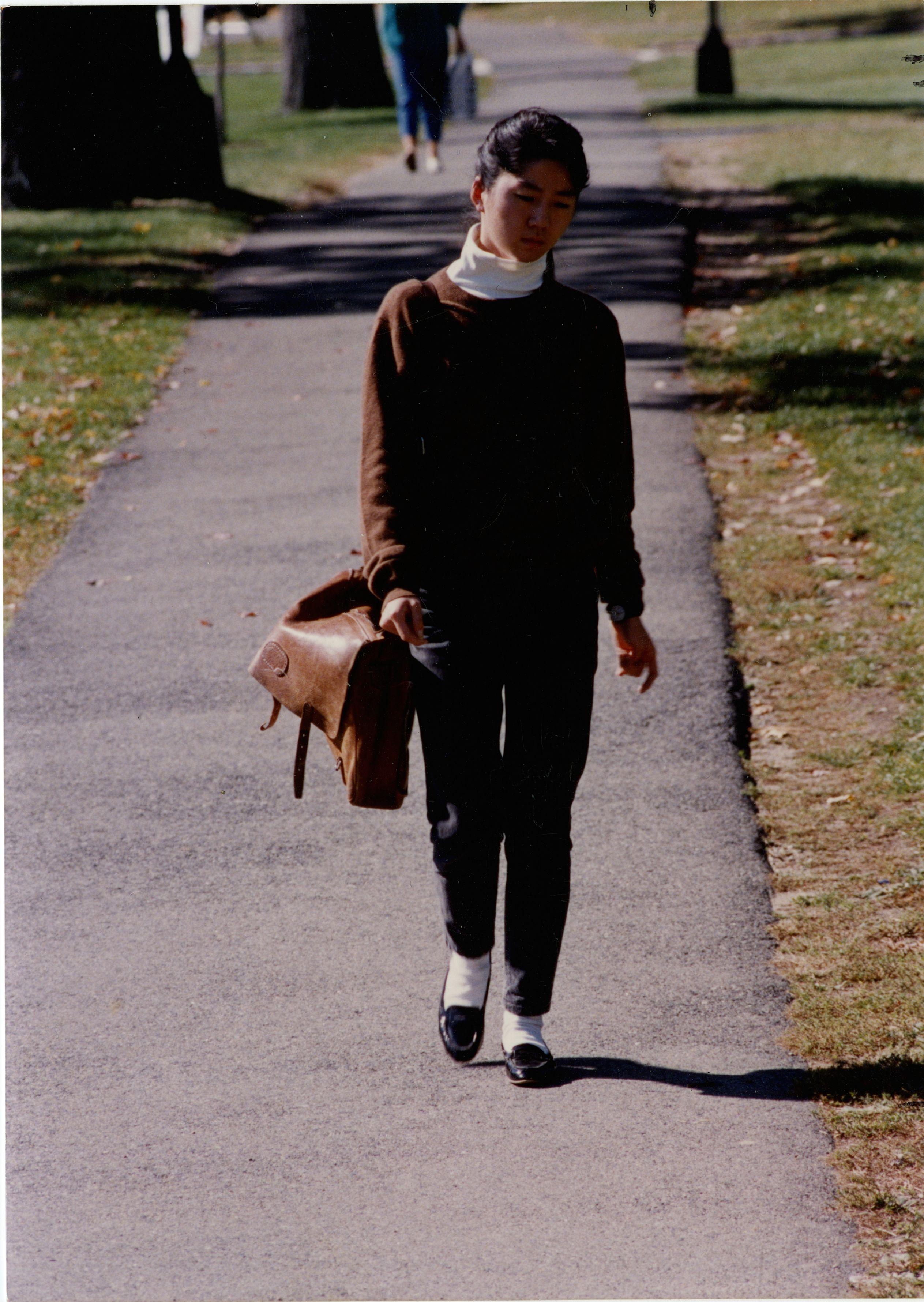 A lone student navigating Wellesley's campus (Source: Wellesley Archives).
A lone student navigating Wellesley's campus (Source: Wellesley Archives).
2025
'Change on the Horizon: The End of Sakai
The end is near for Sakai, sad excuse for an alternative to FirstClass. In the fall semester of
2024, Library & Technology Services announced that Sakai was due to be replaced by the
2025-2026 school year. Given the shift in the campus culture that occured when FirstClass was
retired, are we in for another change as Sakai is phased out?
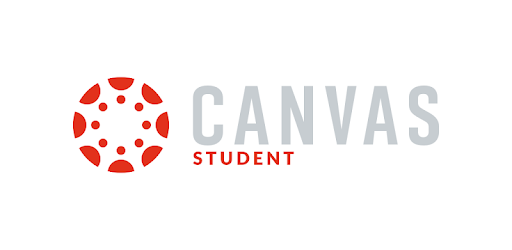 The logo for Canvas, one suggested replacement for Sakai to be introduced
in 2025.
The logo for Canvas, one suggested replacement for Sakai to be introduced
in 2025.
Conclusion
Though FirstClass’s ‘Community’ certainly had its drawbacks (campus-wide discourse, to name one),
its death has left a hole that no other platform has been able to fill. At one point, it seemed
that digital communication
did in fact make Wellesley a better place. Now, Instagram,
Sidechat, Twitter, and even Gmail and Google groups fight for dominance over the College’s
digital social sphere. No one platform seems to “win out”, though, and students are left
anchor-less without one central “hub” to come together on campus, whether it be online or
in person. To compensate for this, we can think back to the simple phrase “less is more.”
We’re facing an excess of communication avenues - how better to combat that than to pare down?
However, telling thousands of tech-savvy college students to opt for just one social media
platform is easier said than done. Instead, we might look to an analog solution.
In our
surveys of Wellesley alumnae,
many referenced the famous bulletin boards, similar to the spam boards we have today.
However, the boards of the past weren’t on nearly every single wall on campus.
Instead, central, well-trafficked campus locations like the Science Center, Founders Hall,
and the Lulu Chow Wang Campus Center were each home to a single large board. On it,
students could publicize events, ask questions, write notes, etc. This may not be the most
"advanced" solution, but it could serve as a step in the right direction in an
attempt to restore the centralized, thriving community that FirstClass helped cultivate.
References:
Barringer, Felicity. "Electronic Bulletin Boards Need Editing? No, They Don’t."
The New York Times, 11 Mar. 1990,
www.nytimes.com/1990/03/11/weekinreview/the-nation-electronic-bulletin-boards-need-editing-no-they-don-t.html.
Dixit, Jay. "The Highly Charged Erotic Life of the Wellesley Girl." Rolling Stone,
15 March 2001, www.rollingstone.com/culture/culture-news/the-highly-charged-erotic-life-of-the-wellesley-girl-57245/.
Hirsch, Linda J. Anti-Racism Demonstration.
1989. JSTOR, https://jstor.org/stable/community.17409563. Accessed 19 Dec. 2024.
Hrynowski, Zach & Marken, Stephanie. "College Students Experience High Levels of Worry, Stress." Gallup,
6 Dec. 2023, https://www.gallup.com/education/509231/college-students-experience-high-levels-worry-stress.aspx.
"Overwhelmed by Social Media." Geek Girls in Vegas,
https://www.geekgirlsinvegas.com/news/overwhelmed-by-social-media. Accessed 19 Dec. 2024.
Social Computing at Wellesley College. Wellesley College,
web.wellesley.edu/SocialComputing/facetimeall.html.
Wellesley College Alumnae Association, "Wellesley Magazine Fall 2014"
(2014). Wellesley Magazine (Alumnae Association). Book 9
http://repository.wellesley.edu/wellesleymagazine/9
Wellesley College Public Affairs. Campus Beauty 2001.
2001. JSTOR, https://jstor.org/stable/community.15982939. Accessed 19 Dec. 2024.
 Anti-racism protest at Wellesley College in 1989 (Source: Wellesley Archives).
Anti-racism protest at Wellesley College in 1989 (Source: Wellesley Archives).
 An excerpt from a New York Times article.
published in 1990 on electronic bulletin boards.
An excerpt from a New York Times article.
published in 1990 on electronic bulletin boards.
 An example of a basic desktop on FirstClass.
An example of a basic desktop on FirstClass.
 Early 2000s-era Wellesley students typing up a storm
(Source: Wellesley Archives).
Early 2000s-era Wellesley students typing up a storm
(Source: Wellesley Archives).
 The headline of the now-infamous Rolling Stones article.
The headline of the now-infamous Rolling Stones article.
 The description of the faculty-led panel on FirstClass
(Source: Wellesley Mellon Committee).
The description of the faculty-led panel on FirstClass
(Source: Wellesley Mellon Committee).
 Wellesley Netiquette Guidelines title page
(Source: Wellesley Mellon Committee).
Wellesley Netiquette Guidelines title page
(Source: Wellesley Mellon Committee).
 The current homepage of Wellesley's Sakai portal.
It's admittedly rather sparse.
The current homepage of Wellesley's Sakai portal.
It's admittedly rather sparse.
 A clipping from a 2014 issue of the
Wellesley Alumnae Association magazine, where alumna Kayla Calkin '07
describes her process behind the creation of some FirstClass-inspired
Facebook groups (Source: Wellesley Archives).
A clipping from a 2014 issue of the
Wellesley Alumnae Association magazine, where alumna Kayla Calkin '07
describes her process behind the creation of some FirstClass-inspired
Facebook groups (Source: Wellesley Archives).
 In the post FirstClass era, we're presented with a bounty of
social media options - yet it feels more daunting than exciting (Source: geek girls in vegas).
In the post FirstClass era, we're presented with a bounty of
social media options - yet it feels more daunting than exciting (Source: geek girls in vegas).
 A lone student navigating Wellesley's campus (Source: Wellesley Archives).
A lone student navigating Wellesley's campus (Source: Wellesley Archives).
 The logo for Canvas, one suggested replacement for Sakai to be introduced
in 2025.
The logo for Canvas, one suggested replacement for Sakai to be introduced
in 2025.